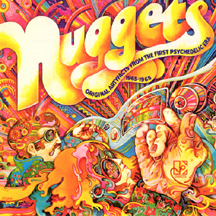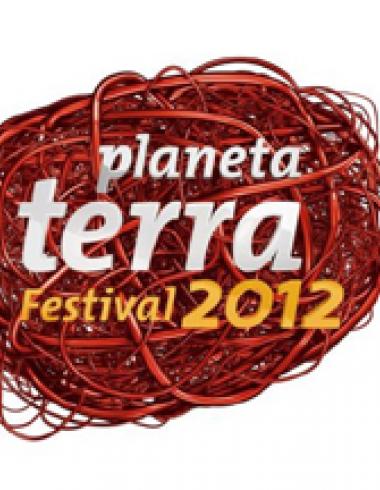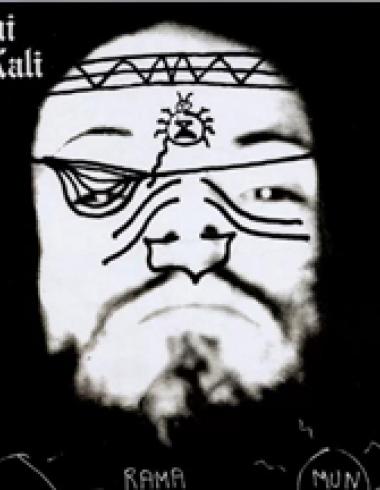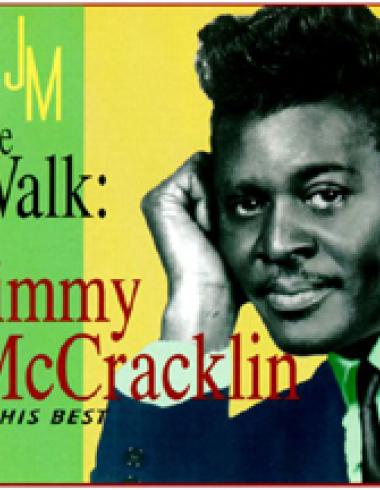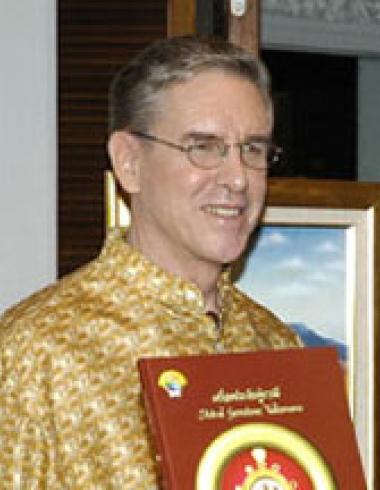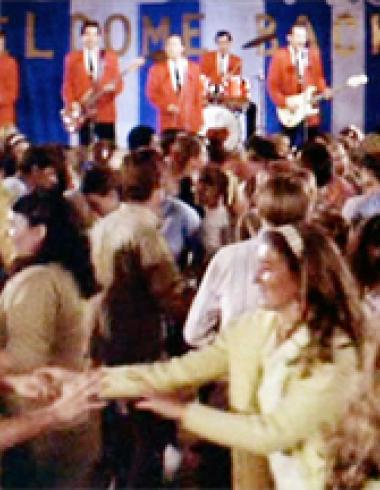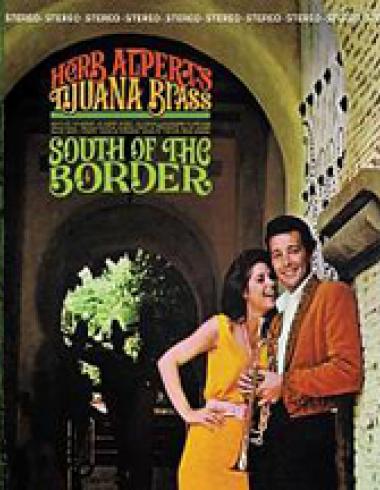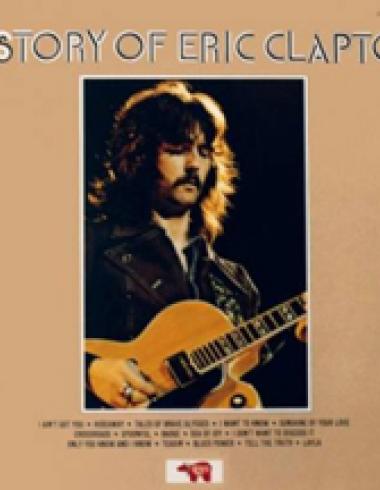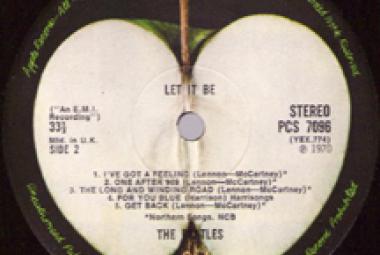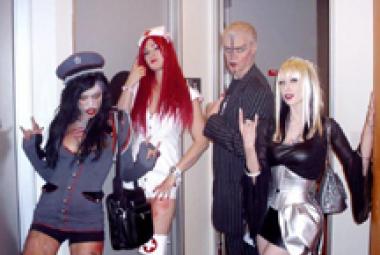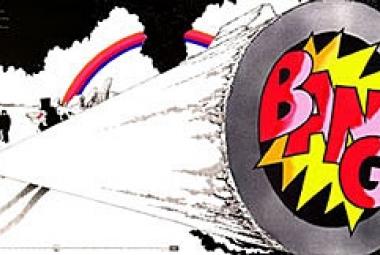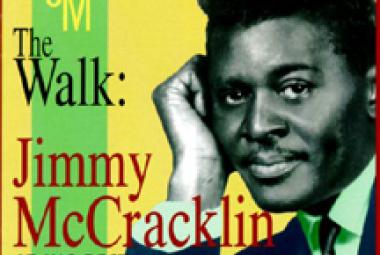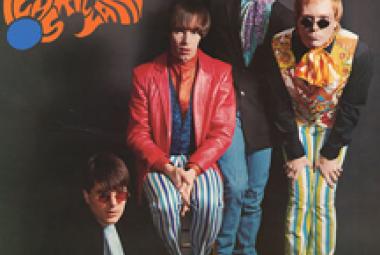Nuggets: Original Artyfacts from the First Psychedelic Era is a groundbreaking compilation album of American garage rock singles released in the mid-to-late 1960’s. It was assembled by Jac Holzman, founder of Elektra Records, and Lenny Kaye, later lead guitarist for the Patti Smith Group. The original double album was released on LP by Elektra in 1972 with liner notes by Kaye that contained one of the first uses of the term “punk rock”. It was reissued with a new cover design by Sire Records in 1976 and more recently as an expanded four-CD box set in 1998. In 2003, the album was ranked number 196 on Rolling Stone’s list of the 500 greatest albums of all time. (More from Wikipedia)
Then I hit Wikipedia and looked up something on the legendary Nuggets collection (full name, and also how it is listed in Wikipedia: Nuggets: Original Artyfacts from the First Psychedelic Era, 1965-1968), when what to my wondering eyes did appear but a total list of blue names sans one. Blue in the Wikipedia world indicates a “wikilink” to another article.
In other words, someone has now written a Wikipedia article on every band on the Nuggets double-album set except one: the Magicians. (Actually there are now Wikipedia articles on the great majority of the bands on the entire four-CD Nuggets Box Set). Oddly enough, the last several times that I have listened to Nuggets, their song “An Invitation to Cry” has really stood out as a highlight. It is a clever idea for a song that has happened to a lot of people: getting an invitation to the wedding of a former girlfriend.
* * *
I was born a couple of years later than Greg Shaw, so I turned 14 in 1965. By then, the Beatles and the Rolling Stones were old news; and while I was still paying attention, what was really grabbing me at the time were American artists and bands. First and foremost was “Like a Rolling Stone” by Bob Dylan; that song – plus the flip side “Gates of Eden” that was nearly as long and every bit as good – captivated me in a way that I just couldn’t keep quiet about. Other great folk-rock sounds of that period included the release of the cover of Dylan’s “Mr. Tambourine Man” by the Byrds and the revamped “The Sounds of Silence” by Simon and Garfunkel. Bob Dylan himself preferred the Byrds’ cover to his own recording of “Mr. Tambourine Man”; but in my usual contrarian way, I preferred Dylan’s original – it was a lot longer for one thing.
These songs were followed closely by the glorious sounds of garage rock and psychedelic rock that were then in their infancy. Songs like “Pushin’ Too Hard” by the Seeds, “We Ain’t Got Nothin’ Yet” by Blues Magoos, and “I Had Too Much to Dream (Last Night)” by the Electric Prunes really made an impression on me. It wasn’t until I picked up the Nuggets collection and then the numerous Pebbles albums that I plumbed the depths of this scene, but it was by no means brand new to me either.
(May 2013)
To some extent, I think that Providence guides my hand as I am writing. For example, in the post about the UARB Hacienda (one of the few current bands that I have written about), I started out talking about the Premiers in an examination of Hispanic rock bands and artists. Their song “Farmer John” – which Neil Young covered much later – is the next-to-last song on the classic compilation album Nuggets: Original Artyfacts from the First Psychedelic Era, 1965-1968 and also the oldest, dating from 1964. As I struggled with how best to describe their sound – having been dissatisfied with the descriptions I had read in reviews and other places, including their own label’s promotional material – I realized that Hacienda’s music was actually quite similar to this song by the Premiers.
(June 2013/2)
The first Pebbles album came out in 1978, in a modest release that was apparently distributed mostly among top record collectors. The label name was Mastercharge Records; most of you likely remember that as being the original name for what is now called Master Card, so I suspect that the release was financed by credit card advances. Greg Shaw had big plans for the series, and even this first edition was called “Volume 1” (though the one on BFD Records was not so marked). The album was subtitled “Original Artyfacts from the First Punk Era”, a takeoff on the subtitle of the legendary compilation album Nuggets: Original Artyfacts from the First Psychedelic Era, 1965-1968 that had come out six years earlier.
In 2008, on the 30th anniversary of the original Pebbles release, Bomp! Records put out a special reissue on clear vinyl complete with the pink xeroxed sheet with Greg Shaw’s liner notes that had been included with the 1978 album.
(July 2013)
* * *
Mouse and the Traps was one of the first bands that I wrote about; they were featured on the original Nuggets album with their fabulous Bob Dylan soundalike song “A Public Execution” that was released under the name Mouse. The band later backed a singer named Jimmy Rabbitt on a cover of “Psychotic Reaction”, a hit song recorded by Count Five. The song was released under the name Positively 13 O’Clock; their version of “Psychotic Reaction” was included on the very first Pebbles album.
The only other band to be featured on the original Nuggets album and also on Pebbles, Volume 1 is the Shadows of Knight. The Nuggets song is their cover of a terrific Bo Diddley song, “Oh Yea”; while the Pebbles entry is a novelty song by the band called “Potato Chip” that was issued only on a flexi disc as part of some snack food promotion.
* * *
GONN is another legendary garage rock band; their amazing song “Blackout of Gretely” was slated to be included on the original Nuggets album but was omitted due to its length (4:29 – most garage rock tracks clock in at 3:00 or less). But Greg Shaw had included this song as a bonus track on the CD reissue on AIP Records of Pebbles, Volume 1 and also put their follow-up single “Doin’ Me In” on the Pebbles, Volume 10 CD. I had also acquired a retrospective album by GONN that was identified as Rough Diamonds, Volume 9; this is a series of albums that Greg Shaw put out on Voxx Records by garage rock bands who had recorded more than just a few singles.
Even better was their 1995 reunion album – actually their first true album of any kind – GONN with the Wind that I have played over and over again. The Wikipedia article on GONN has had more additions and changes to it than most of these, but it is still largely my work: en.wikipedia.org/wiki/GONN .
I was really scrambling to find someone who I could write about at that time; the post on the band that I had planned to talk about – Phil and the Frantics – wasn’t going at all well, and that post actually didn't come out until August 2012. Then for some reason, I looked up the original Nuggets: Original Artyfacts from the First Psychedelic Era, 1965-1968 and noticed that there was still one band on the two-LP set, the Magicians that still didn’t have an article. And incredibly, they still don’t!
YouTube has the Nuggets track by the Magicians, “An Invitation to Cry” in several locations, such as www.youtube.com/watch?v=wJB-DKoXD1A . This version has several wedding invitations and shots of brides and grooms, and the like.
Patti Smith began performing rock music in 1974 – another year that popular music changed irrevocably, much like 1963 with the Beatles and the rest of the British Invasion – with music archivist and guitarist Lenny Kaye. While not actually inventing the term “punk rock”, he had popularized it in his liner notes for the first compilation album of garage rock and psychedelic rock music, Nuggets, so this was most appropriate.
(February 2014)
* * *
In early 1969, guitarist Leslie West of the Vagrants started a band called Leslie West Mountain (with “mountain” being a reference to his then-large size); other bandmembers were Norman Landsberg (keyboards, bass) and Ken Janick (drums). Felix Pappalardi expressed interest in producing the band’s work.
The album is called Mountain and was released in July 1969, just five months after Goodbye; Felix Pappalardi produced the album and also performed bass guitar with Leslie West, Norman Landsberg, and drummer N. D. Smart, formerly with the highly regarded Boston garage band the Remains (who are featured on the Nuggets album). The album is often confused as being by the band Mountain; but officially, it is the first solo album by Leslie West.
Here is the Nuggets album cover where the Magicians’ classic “An Invitation to Cry” appears:
(December 2014)
* * *
One of Kim Fowley’s best known songs is “The Trip”, the first single to be released under his own name; it was included in the soundtrack for the 2008 Guy Ritchie film RocknRolla. The song is included on the album that started the garage rock/psychedelic rock revival that began in the 1970’s and continues to this day, Pebbles, Volume 1. In his review of the Pebbles series for Allmusic, Richie Unterberger comments: “Though 1972’s Nuggets compilation reawakened listeners to the sounds of mid-’60s garage rock, it only focused on the tip of the iceberg. Behind those forgotten hits and semi-hits lurked hundreds, if not thousands, of regional hits and flops from the same era, most even rawer and cruder. . . . More than any other factor, these compilations [in the Pebbles series] were responsible for the resurgence of interest in garage rock, which remains high among collectors to this day.”
(January 2015/1)
* * *
“I Had Too Much to Dream (Last Night)” by the Electric Prunes was brought to a larger audience when it became the opening track on the classic 1972 compilation album Nuggets: Original Artyfacts from the First Psychedelic Era, 1965-1968. The early psychedelic rock track “You’re Gonna Miss Me” by the 13th Floor Elevators that I mentioned earlier is also on that album.
(July 2015)
* * *
